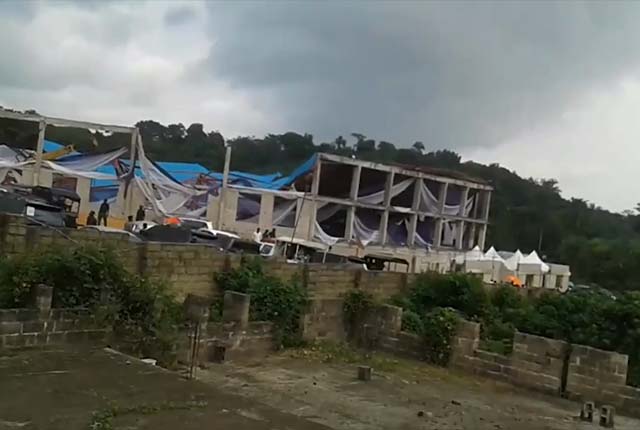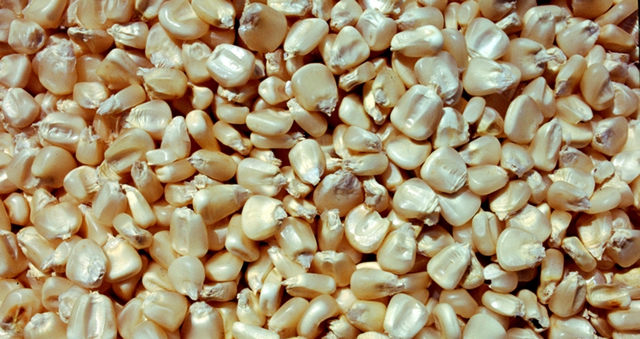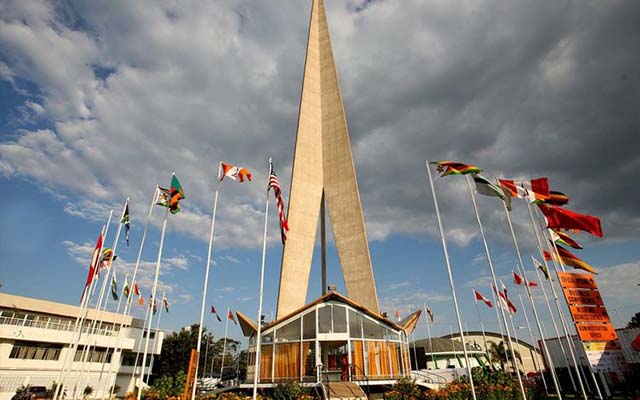Southern Zim not coping with climate change


Bananas have helped people in Chibuwe earn more money even though the area does not have enough rain or water for the main food crops
Jeffrey Gogo Climate Story
THREE years ago Martha Chitore turned over a fifth of her one-hectare plot to growing bananas, hoping the fruit would limit the threat of hunger brought on by regular failure in maize and sugar beans, even under irrigation.
As it turns out her plan is working, at least for the time being. The 53-year -old grandmother nets over $350 each year from banana sales, which money she can use to buy food and other day-to-day household supplies.
But massive food security risks lurk large in Mrs Chitore’s Chibuwe village, a poor communal area deep in the Save Valley in eastern Zimbabwe.
“Bananas have helped us earn more money, but we still don’t have enough rain or water for our main food crops,” said Mrs Chitore, who also grows sugar beans and maize under a communal irrigation scheme.
Climate change continues to present new dangers, and worsen old ones, in Chibuwe, a region that stands at the forefront of climate damage in Zimbabwe, receiving the lowest amount of rainfall of between 300mm and 500mm per year.
In the long-term, there is no guarantee bananas will do the trick, either, as the fruit is susceptible to drought and water stress.
Now, Government has laid up a multi-million-dollar strategy that aims to help communities in vulnerable areas like Chibuwe adapt to climate change.
Climate change director in the Ministry of Environment, Water and Climate, Mr Washington Zhakata, told The Herald Business that Zimbabwe had applied to the Green Climate Fund (GCF) for funding totalling $80 million.
The money is to be used in the implementation of a seven-year project beginning 2018, that will directly help 800 000 people — many of them women — in southern Zimbabwe cope with climate change, he said.
Eventually, up to 1,5 million people will benefit from the project, which is targeting to spruce up some 50 existing irrigation schemes, or build new ones, Mr Zhakata added.
The project is called: “Building climate resilience of vulnerable agricultural livelihoods in Mzingwane, Runde and Save river basins in southern Zimbabwe” — regions facing some of the harshest climate realities here.
“The project will focus on climate proofing irrigation and dry land agriculture in the three river basins,” said Mr Zhakata of Zimbabwe’s first biggest proposal to the GCF, a fund set up by the UN to facilitate the switch to renewable energy, cut emissions and adaptation to climate change, in developing countries.
“It will enhance access to climate information services and water efficient irrigation designs,” he added, without elaborating.
Mr Zhakata said the project will also result in “improved value chains for agricultural produce, introduce climate risk management, improve human capacity in key Government entities and enhance irrigation scheme management.”
Like much of Africa, Zimbabwe stands in the eye of the climate change storm.
Day-time temperatures have soared 0,4 degrees Celsius in the last 100 years, with an increase in the frequency and extremity of droughts and floods, especially in recent decades, experts say.
Future projections point towards temperature increase of between 3 degrees Celsius and 4 degrees Celsius between now and 2100, leading to severe water scarcity for agriculture, household and industry use, the World Bank says.
But nowhere else have these impacts been felt more deeply than in southern Zimbabwe’s mostly semi-arid regions.
Whereas rainfall has declined 5 percent countrywide, on the average, since the 1960s, the areas in the Midlands going south have seen sharper declines of 15 percent, according to the Meteorological Services Department.
“The main factors that influenced the geographical location of the proposed project are the future climate change scenarios that have been generated by the various studies,” said Mr Zhakata.
“The southern and western parts of Zimbabwe are expected to see the greatest decrease in rainfall and highest increases in average temperature. These are the same areas that currently have low average rainfall per annum.”
But the Zimbabwean climate change head believes the $80 million project could tame the crisis, thanks to the large number of rivers, dams and ground water reserves concentrated in the same dry areas “that can be exploited for irrigation.”
“The starting point for this project will be the revival or revitalisation of existing irrigation schemes, making them climate proof and improving environmental management and livelihoods of surrounding communities.
“More efficient use of available water resources in irrigation schemes increases the scope of opening up more land for cropping and increases crop cycles that can be undertaken in a single year,” he explained.
“Better value chains for agricultural products and market access will improve incomes and turn smallholder farmers from subsistence practice into small-scale entrepreneurs.”
He continued: “Food and water security will facilitate and sustain surplus production and guarantee improved health and well-being of the targeted communities.
“Overall, the proposed project will contribute to increased resilience of vulnerable agricultural livelihoods and enhanced water and food security for smallholder farmers . . . ”
Since its establishment in 2010, the Green Climate Fund can be said to have been reluctant to finance adaptation projects in developing nations.
This is partly results from the lack of funds in the Fund, but also stringent lending requirements.
It is only in the last year or two that pledges from rich countries have turned into actual money, putting in some $10,3 billion into the GCF.
Even then, the Fund had distributed a total of only $425 million for emission reducing projects of a few dozen countries between November 2015 and June 2015, although $2,5 billion projects worth was expected to be allocated in 2016.
However, Zimbabwe could draw hope from the recent approval of a $300 000 grant from the Green Climate Fund, to help prepare individuals and institutions for further GCF financing.
And with this, Mrs Chitore remains hopeful.
“We would like to see an improvement in our produce. I hope whatever the Government is doing will only help to make rural families more food secure,” she said.
God is faithful.










Comments